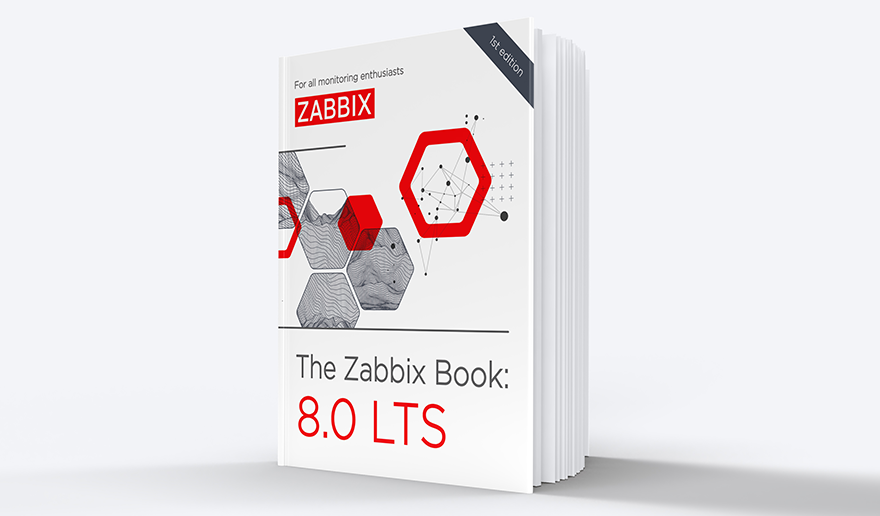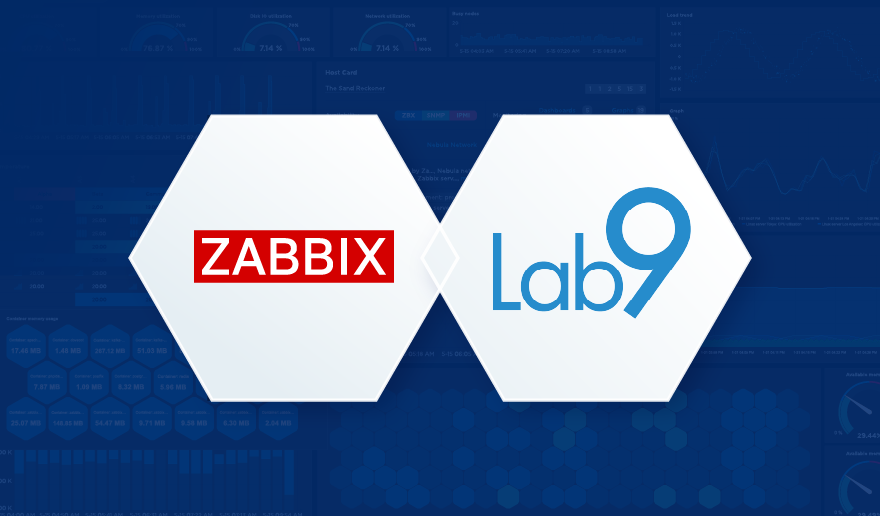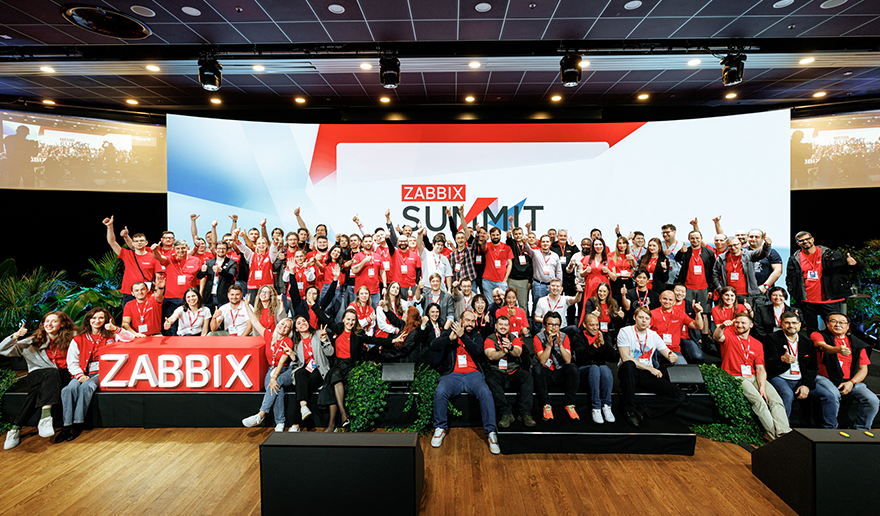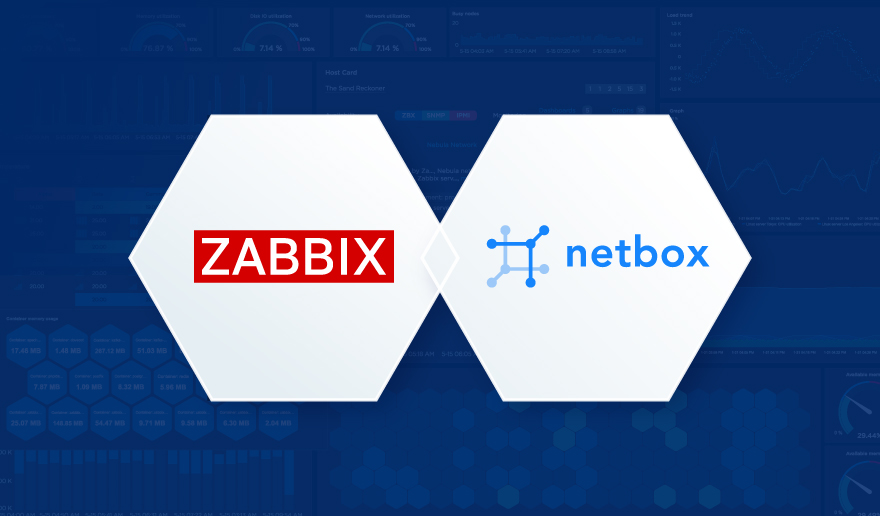Active Zabbix community members Nathan Liefting and Brian van Baekel wrote a new book on Zabbix, sharing their years of monitoring experience. Nathan Liefting kindly agreed to share with us how the idea for Monitoring Cookbook was born and revealed the main topics covered.
Hi Nathan, congratulations on writing the book. Welcome to the Zabbix contributor community! First, introduce yourself. What is your experience in Zabbix?
Thank you, I’m very proud to have the opportunity to work with Brian van Baekel on this book and very grateful for the work our publisher Packt has put into it as well. My name is Nathan Liefting. I work for the company Opensource ICT Solutions, where I’m a full-time IT consultant and certified Zabbix Trainer.
My first introduction to Zabbix was back in 2016. We were in the process of upgrading a Zabbix 2 instance to the newly released Zabbix 3.0. As a Network Consultant, I was immediately very intrigued by the monitoring system and its capabilities in terms of customization compared to other monitoring solutions.
Since then, I’ve always worked with Zabbix, and when I was working for Managed Service Provider True in Amsterdam, I set up a new Zabbix setup to migrate from the old monitoring solution.
How did you have the idea for the book?
That’s a good question. You might know Patrik Uytterhoeven from Openfuture BV. He wrote the Zabbix 3 cookbook for Packt. Patrik was kind enough to recommend Brian and me to write the new Zabbix 5 cookbook, and from there on out, we started work on it.
Who is your reader? Who would benefit from the book primarily?
The book is about 350 pages, and of course, we can’t explain everything Zabbix has to offer in that page count. So we focus the cookbook on Zabbix beginners that would like to get on that intermediate level. We detail basic topics like data collection with different methods and more advanced topics like the Zabbix API and database partitioning.
I am convinced that the book contains a recipe for everyone that works with Zabbix, and it’s basically a foundation of knowledge that anyone could fall back on. See it as your starter field guide into professionally working with Zabbix.
Do readers need any prior skills in monitoring with Zabbix to master the new knowledge as efficiently as possible?
Definitely not. We detail everything from installation to how to monitor and more advanced topics. Start at chapter 1 with no knowledge about Zabbix whatsoever, and you can read the book. If you think a recipe is about something you already know, simply skip it and read the next one. We wrote the recipes to be as independent of each other as possible, so beginners and more advanced users can get used to the book.
Could you tell us about the content of the book? What information does it provide?
I would like to say everything is covered, but that would be a dream scenario. The book grasps the surface of almost everything you need to know to work professionally with Zabbix. If you know Zabbix, you know it’s possible to write 100 pages about triggers alone. Of course, this would be counterproductive for starters. We kept the recipes graspable for beginners, with valuable information for more advanced users.
Some topics we go over are:
- Zabbix setup and how to use it
- Setting up the different Zabbix monitoring item types
- Working with triggers and alerts
- Building structured templates according to best practice
- Visualizing data with graphs, dashboards, etc.
- Zabbix host discovery and low-level discovery
- Zabbix proxies
- Zabbix integrations with media like Microsoft Teams and Slack
- Zabbix API and custom integrations
- Upgrading components, database partitioning, and performance management
- Zabbix in the cloud
There are now many online resources about Zabbix – forums, blogs, YouTube channels. Why did you decide to opt for the print format?
I’m a big fan of sharing resources online, don’t get me wrong. But to me, there is nothing better than an old-fashioned book to have at the ready when I need it. I can read it, and at one point, I’m thinking, “Wait! I read something that could solve our problem”.
Printed media is not dead if you ask me. In my eyes, a book is still the best way to prepare yourself for any subject in IT. But even if you don’t like printed media, we over an amazing collection of information in the old paper format as well as an eBook.
What was your Zabbix learning path? Which resources did you found the best to gather Zabbix knowledge?
Definitely Zabbix official courses. I loved those so much I couldn’t wait to get my trainer certification myself. Now that I have it, I’m providing the official training myself and sharing the Zabbix knowledge I’ve acquired over the years with others like in the book.
Of course, the amazing Zabbix community offers great ways to share knowledge, for example, the Zabbix blog. I used those as well and even templates found on the Zabbix share to reverse engineers them and see how people worked.
Where will the book be available to purchase?
You can find the book on Amazon here.
When you purchase the book, please leave a review, as this really helps us spread the word about the book. I will personally read every review, so I’d love to hear any feedback on the book to improve later revisions and new releases.
If you’re reading this after purchasing, thank you very much for the support. I hope you enjoy the work.
Do you have any further plans for new books?
I’ve just finished writing this book, and it is a significant impact on personal time. I will definitely consider writing another book, but for now, I’ll focus on sharing content for Opensource ICT Solutions and on my personal website. Besides IT engineering, I also like to create other content, like my photography work, which I share on this website.







 Prev Post
Prev Post 




